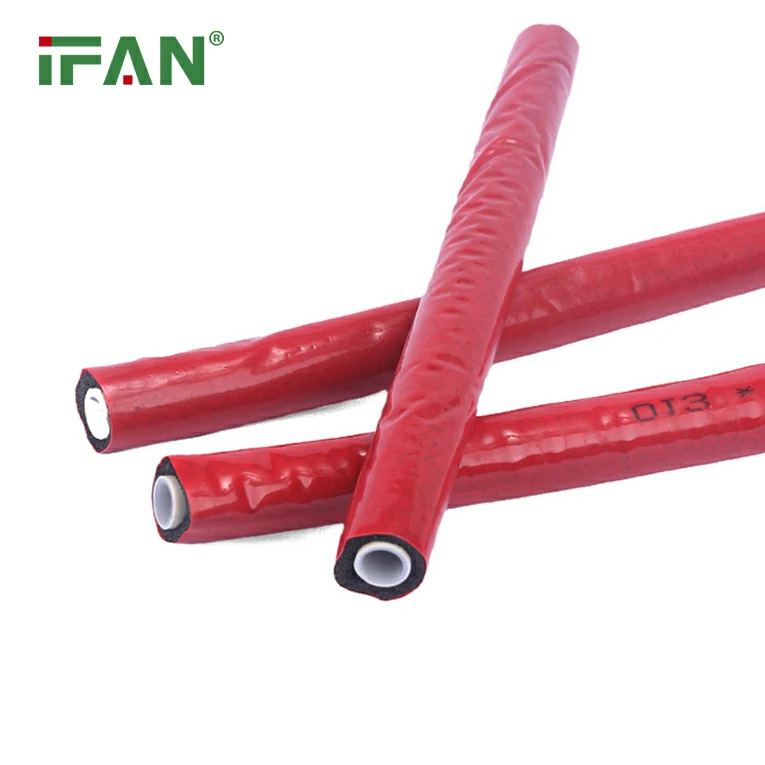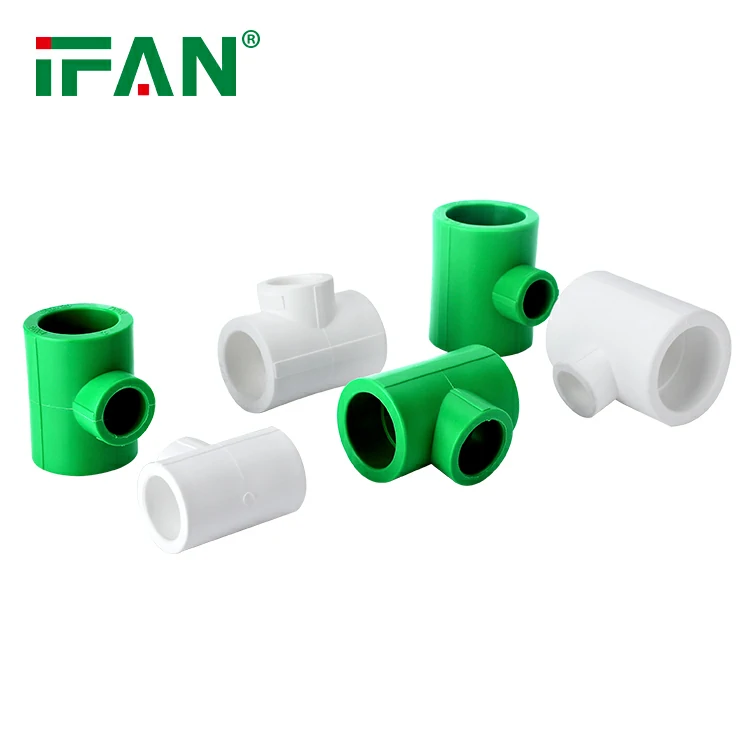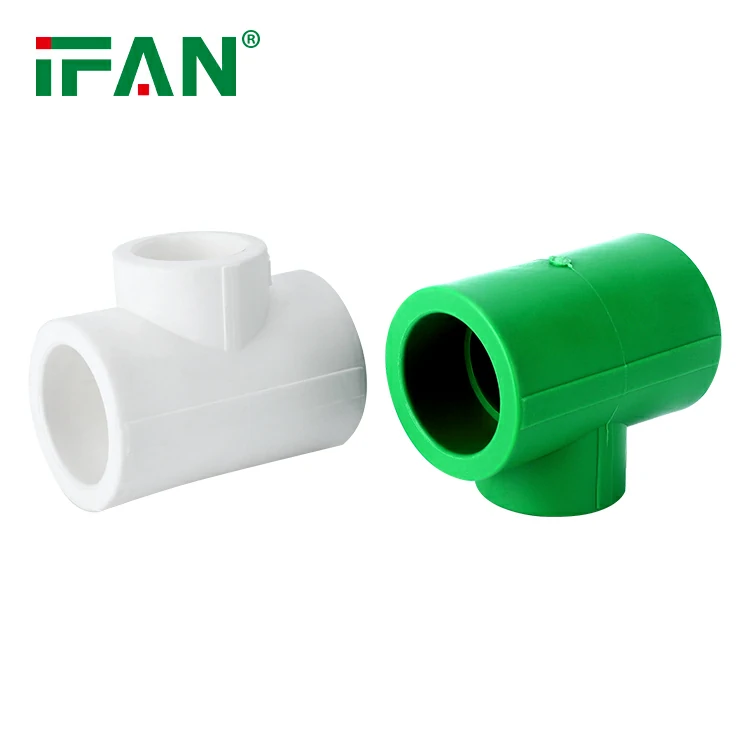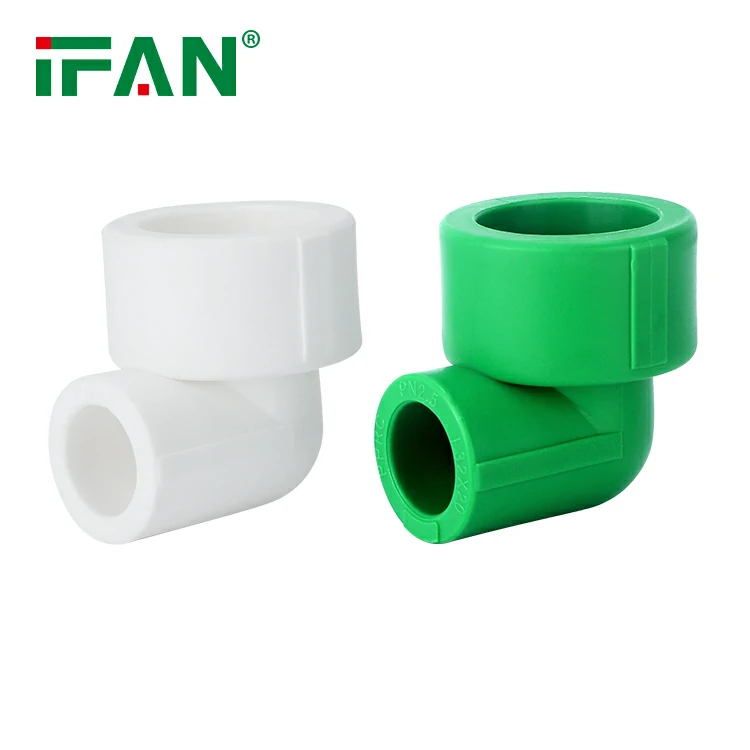Introduction
The plumbing industry is currently witnessing a heated debate over the use of plastic pipes, particularly PEX (crosslinked polyethylene) pipes. While PEX has gained popularity for its flexibility, durability, and ease of installation, concerns have emerged regarding the potential leaching of chemicals into drinking water. Amidst these discussions, PPR (Polypropylene Random Copolymer) pipes have also come into focus as an alternative material. This article explores the ongoing debates surrounding PEX pipes, the concerns related to chemical leaching, and the advantages of PPR pipes as a viable solution in plumbing systems.
Understanding PEX Pipes
What are PEX Pipes?
PEX pipes are a type of flexible plastic piping made from crosslinked polyethylene. They are widely used in residential and commercial plumbing systems due to their numerous advantages, including resistance to corrosion, ease of installation, and thermal efficiency. PEX pipes can be used for both hot and cold water applications and are particularly valued for their ability to expand and contract without breaking, making them suitable for areas with freezing temperatures.
Advantages of PEX Pipes
- Flexibility: PEX can bend easily, allowing for fewer fittings and faster installations.
- Corrosion Resistance: Unlike metal pipes, PEX does not corrode, ensuring a longer lifespan and reduced maintenance costs.
- Thermal Insulation: PEX retains heat well, which can lead to energy savings in hot water systems.
- Reduced Noise: The material dampens sound, resulting in quieter plumbing systems compared to traditional piping materials.
- Cost-Effectiveness: PEX is often more affordable than alternatives like copper or PVC, making it an attractive option for many homeowners and contractors.
The Chemical Leaching Debate
Concerns About PEX Pipes
Despite the advantages of PEX pipes, researchers and health experts have raised concerns about the potential leaching of chemicals from the material into drinking water. Key issues include:

- Chemical Additives: PEX pipes are manufactured using various additives, including antioxidants and stabilizers, which can leach into the water supply over time. Some studies have suggested that certain chemicals may have health implications, raising concerns among consumers and regulators.
- Regulatory Scrutiny: As awareness of potential health risks increases, regulatory bodies are scrutinizing the safety of PEX pipes more closely. This has led to calls for more comprehensive testing and evaluation of plastic piping materials to ensure they meet safety standards.
- Public Perception: The debate over chemical leaching has influenced public perception of PEX pipes. Consumers are becoming more cautious about the materials used in their plumbing systems, leading to a growing interest in alternative options.
Research Findings
Several studies have examined the potential for chemical leaching from PEX pipes. Some key findings include:
- Temperature and Time Factors: Research has shown that higher temperatures and longer contact times can increase the likelihood of chemical leaching from PEX pipes. This is particularly concerning for hot water systems where the risk may be elevated.
- Variable Results: Different studies have produced varying results regarding the levels and types of chemicals leached from PEX pipes. This inconsistency has made it challenging for regulators to establish clear guidelines and standards.
The Role of PPR Pipes as an Alternative
What are PPR Pipes?
PPR (Polypropylene Random Copolymer) pipes are another type of plastic piping used in plumbing applications. Known for their excellent chemical resistance and thermal insulation properties, PPR pipes are suitable for both hot and cold water systems.
Advantages of PPR Pipes
- Chemical Resistance: PPR pipes are highly resistant to a wide range of chemicals, making them suitable for various applications, including potable water systems. Unlike PEX, PPR pipes are less likely to leach harmful substances into the water supply.
- Longevity: PPR pipes have a lifespan of over 50 years, making them a reliable choice for long-term plumbing solutions. Their durability reduces the need for frequent replacements, contributing to sustainability.
- Thermal Insulation: PPR pipes offer excellent thermal insulation, which helps maintain the temperature of hot water and can lead to energy savings.
- Ease of Installation: PPR pipes are lightweight and easy to handle, which simplifies the installation process. They can be joined using heat fusion methods, creating strong and leak-proof connections.
- Recyclability: PPR is fully recyclable, contributing to sustainable construction practices and reducing environmental impact.
Comparing PEX and PPR Pipes
Performance Characteristics
While both PEX and PPR pipes have their advantages, they serve different purposes in plumbing applications. Here’s how they compare:
- Flexibility: PEX pipes are highly flexible, allowing for easier installation in complex plumbing layouts. PPR pipes are less flexible and may require more fittings, but they offer superior chemical resistance.
- Temperature Tolerance: PEX pipes can handle higher temperatures (up to 95°C or 203°F) compared to PPR pipes (up to 80°C or 176°F). This makes PEX a better choice for high-temperature applications, but PPR’s chemical stability makes it more suitable for certain environments.
- Connection Methods: PEX pipes require specific fittings and crimping tools, while PPR is typically joined using heat fusion methods, which can be more labor-intensive but results in strong joints.
Health and Safety Considerations
The debate over chemical leaching has led to increased scrutiny of both PEX and PPR pipes. While PEX has faced criticism for potential leaching, PPR pipes have been recognized for their safety in potable water applications. This distinction is crucial for consumers concerned about the quality of their drinking water.
Conclusion
As the plumbing industry continues to evolve, the debate over PEX pipes and their potential for chemical leaching remains a critical issue. While PEX offers numerous advantages, concerns about health risks have prompted consumers and researchers to seek alternative solutions. PPR pipes emerge as a viable option, offering excellent chemical resistance, longevity, and sustainability. As both materials compete for market share, it is essential for consumers to make informed decisions based on their plumbing needs and health considerations.
Frequently Asked Questions (FAQs)
1. What are the main advantages of PPR pipes over PEX pipes?
PPR pipes offer superior chemical resistance, longer lifespan, and better thermal insulation compared to PEX pipes, making them suitable for various plumbing applications.
2. Are PEX pipes safe for drinking water?
While PEX pipes are widely used in plumbing systems, concerns about chemical leaching have raised questions about their safety for drinking water. Regulatory bodies are continuing to evaluate their safety.
3. How long do PPR pipes last?
PPR pipes have a lifespan of over 50 years, making them a reliable choice for long-term plumbing solutions.
4. Can PPR pipes be used for hot water applications?
Yes, PPR pipes are suitable for both hot and cold water applications, although they have a lower maximum temperature tolerance than PEX pipes.
5. How are PPR pipes installed?
PPR pipes are typically joined using heat fusion methods, which create strong, leak-proof connections. This process requires specialized equipment but results in durable installations.





